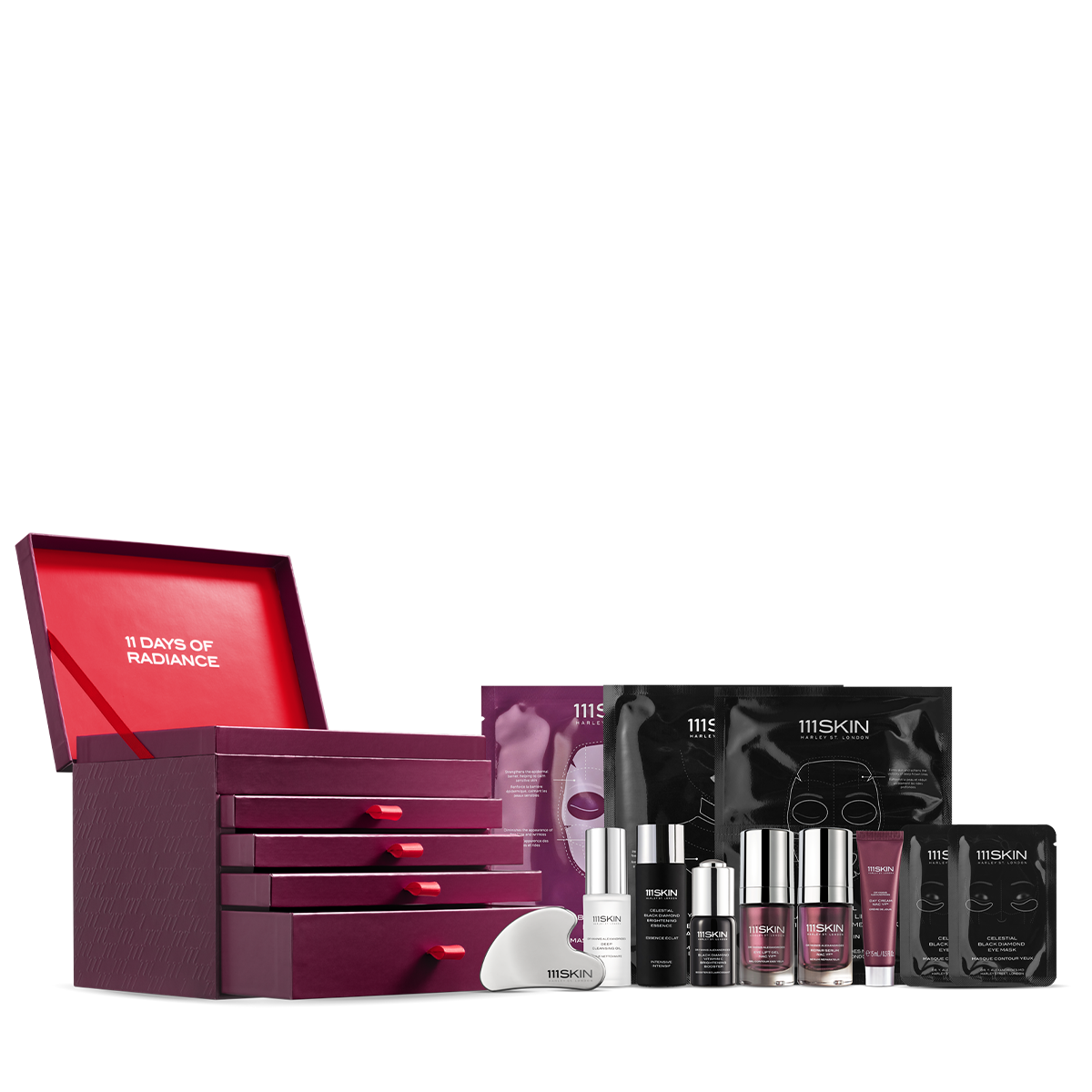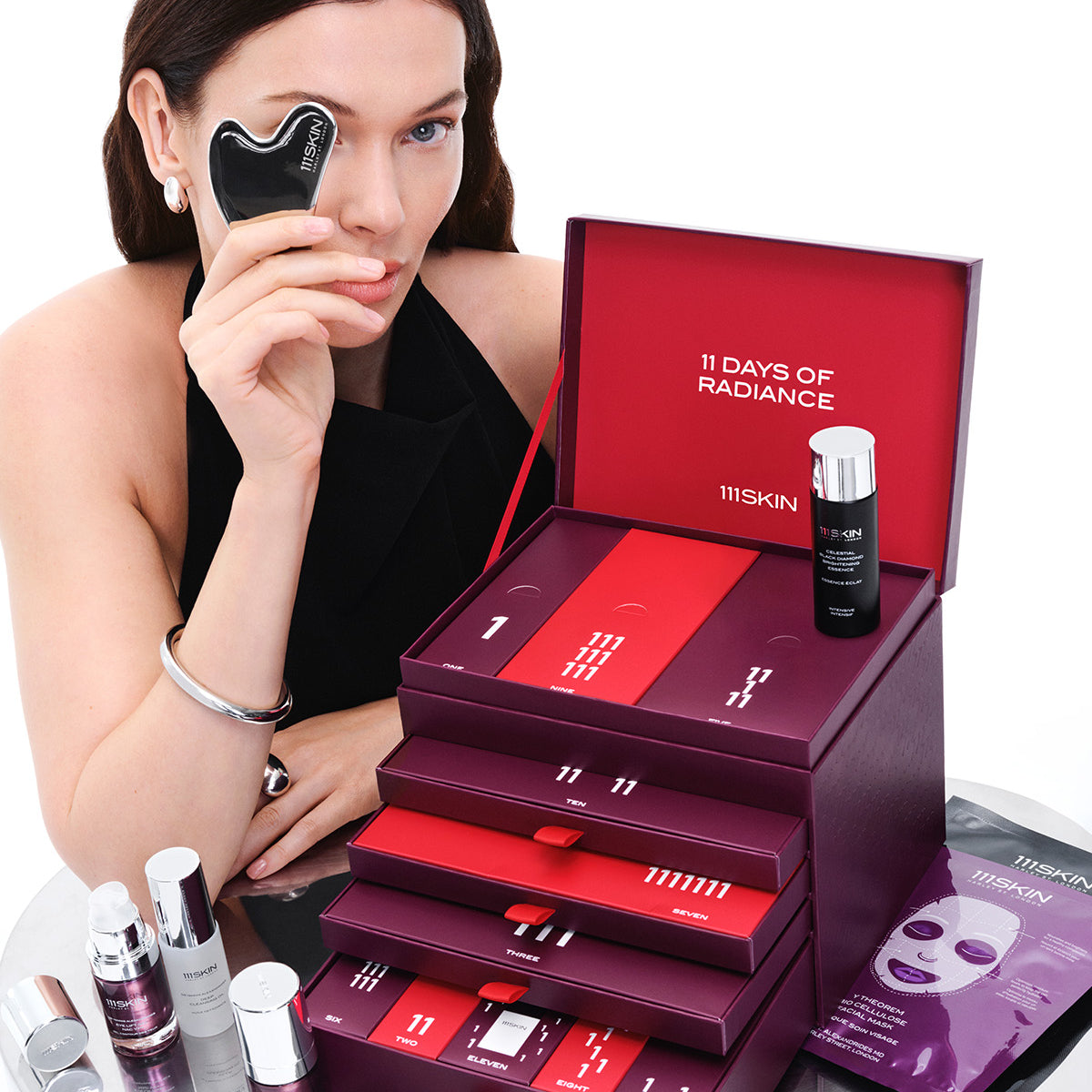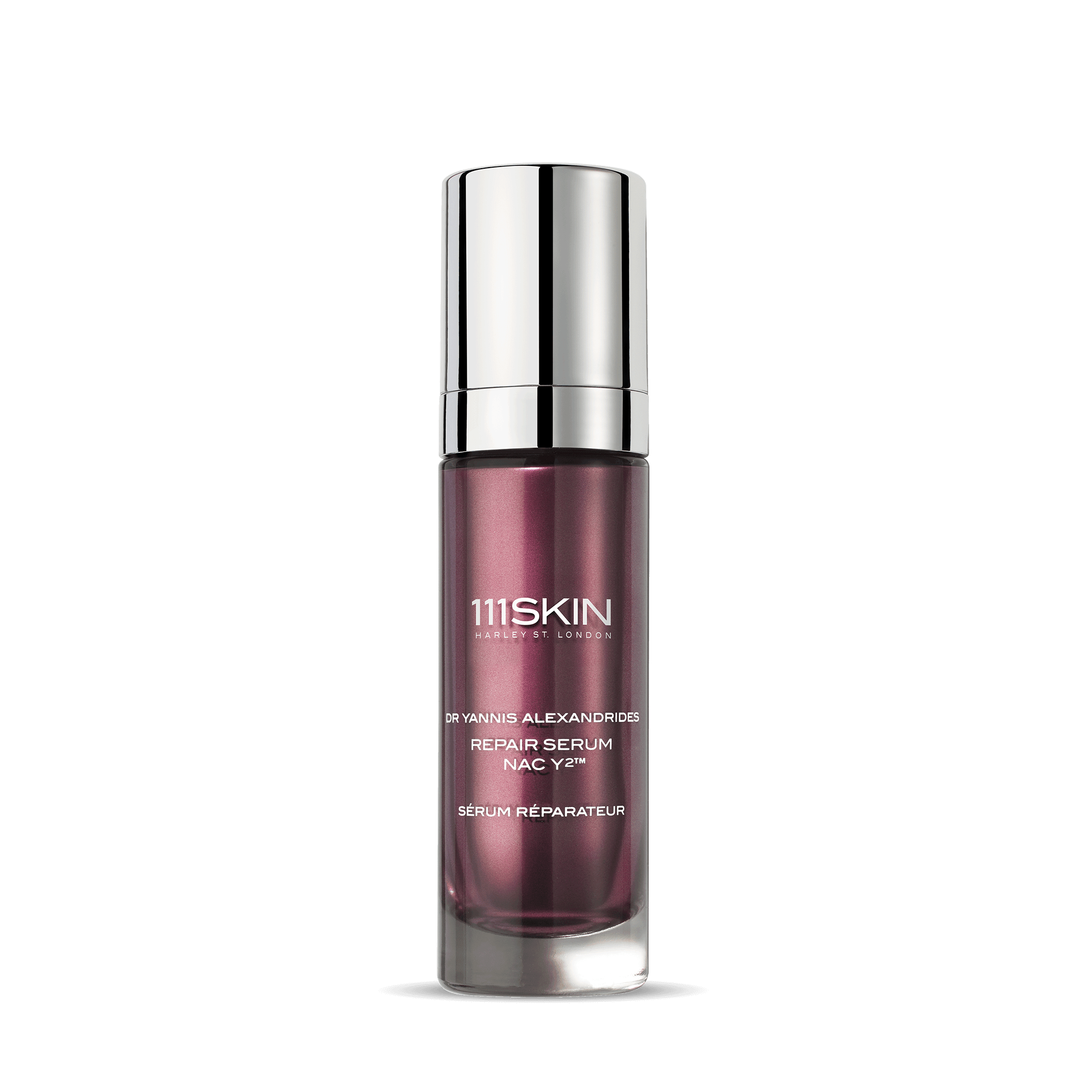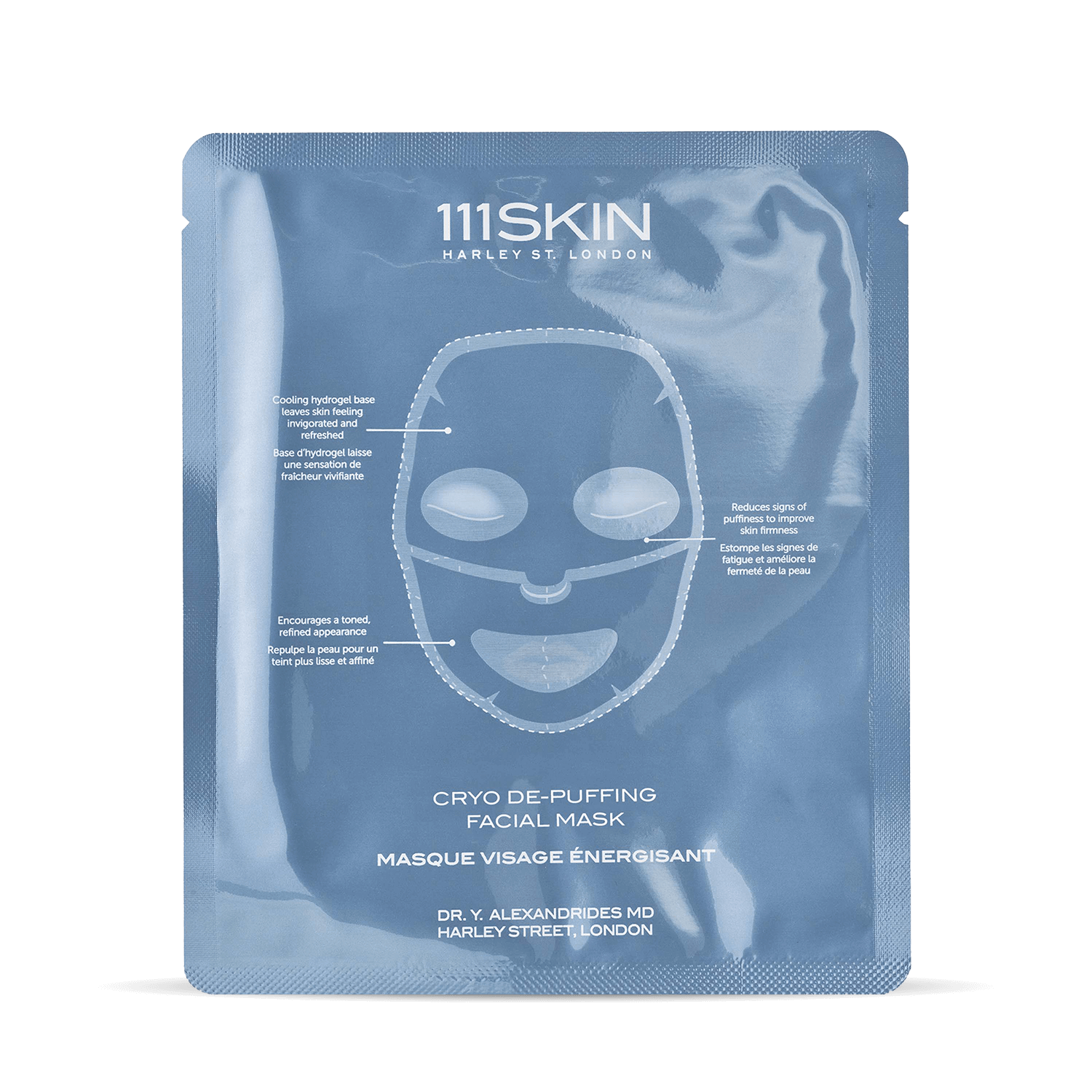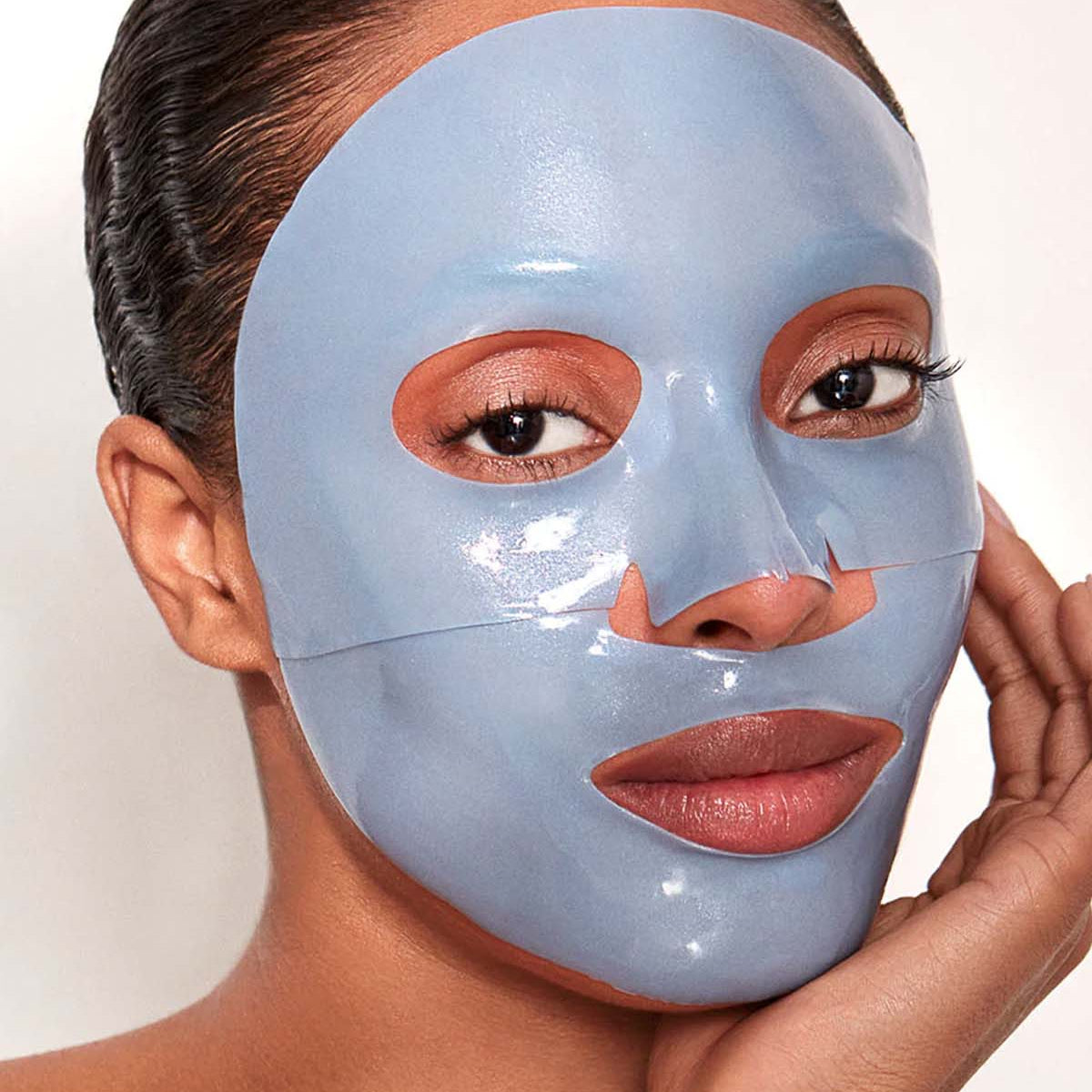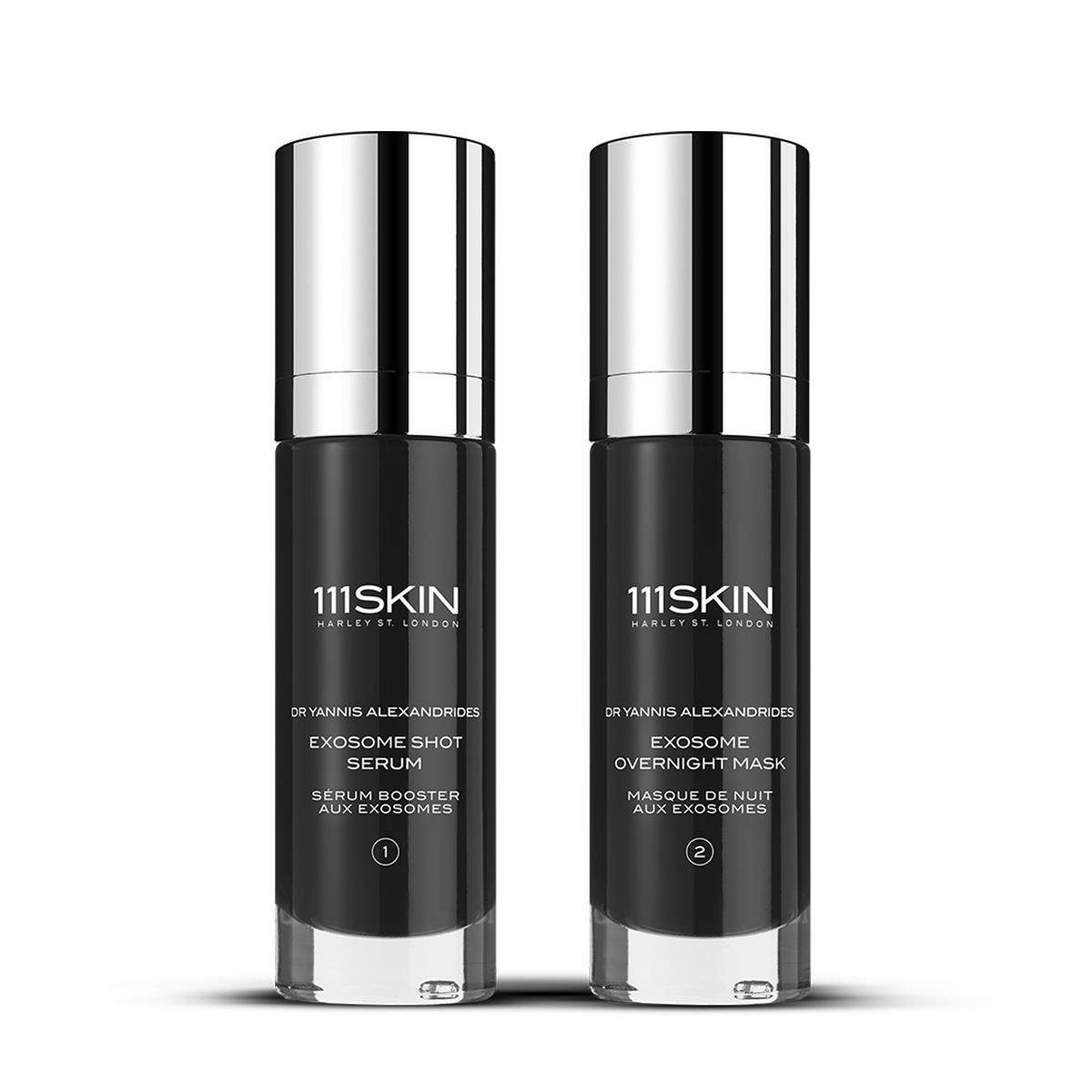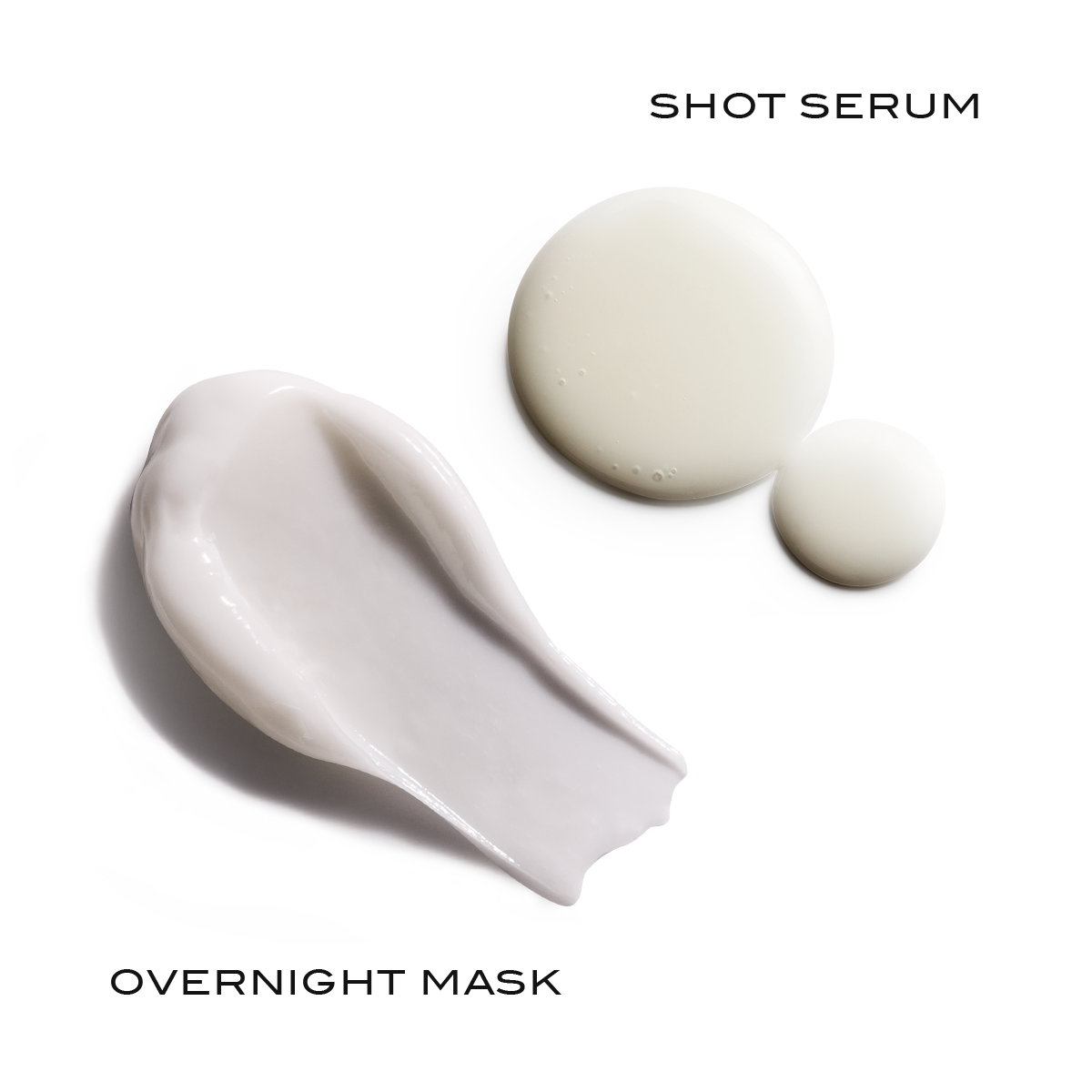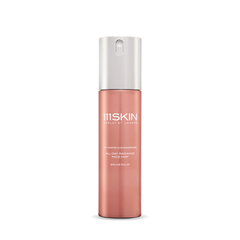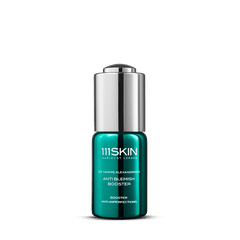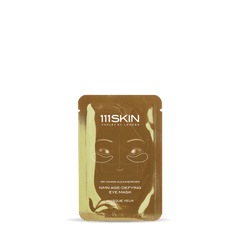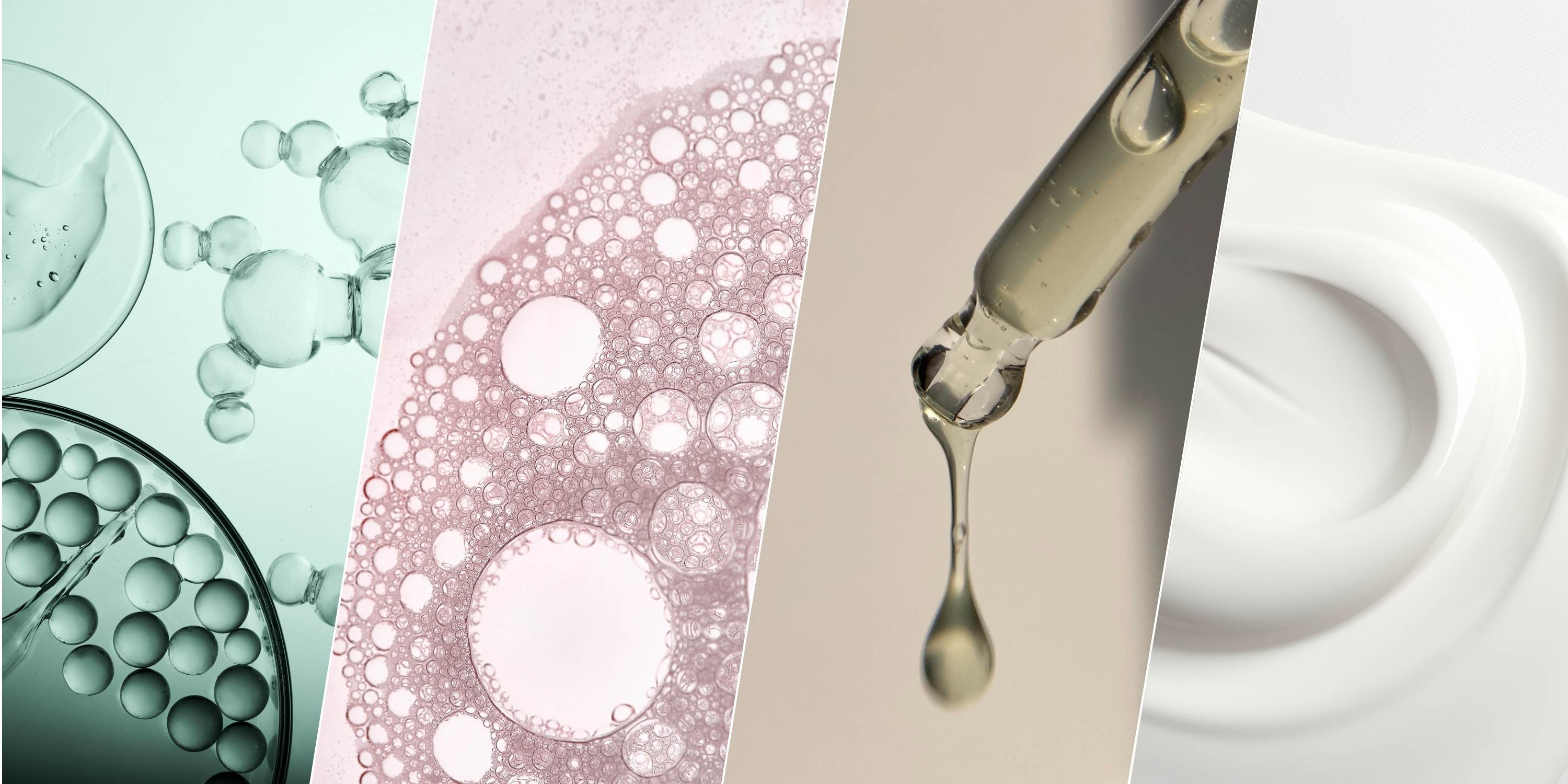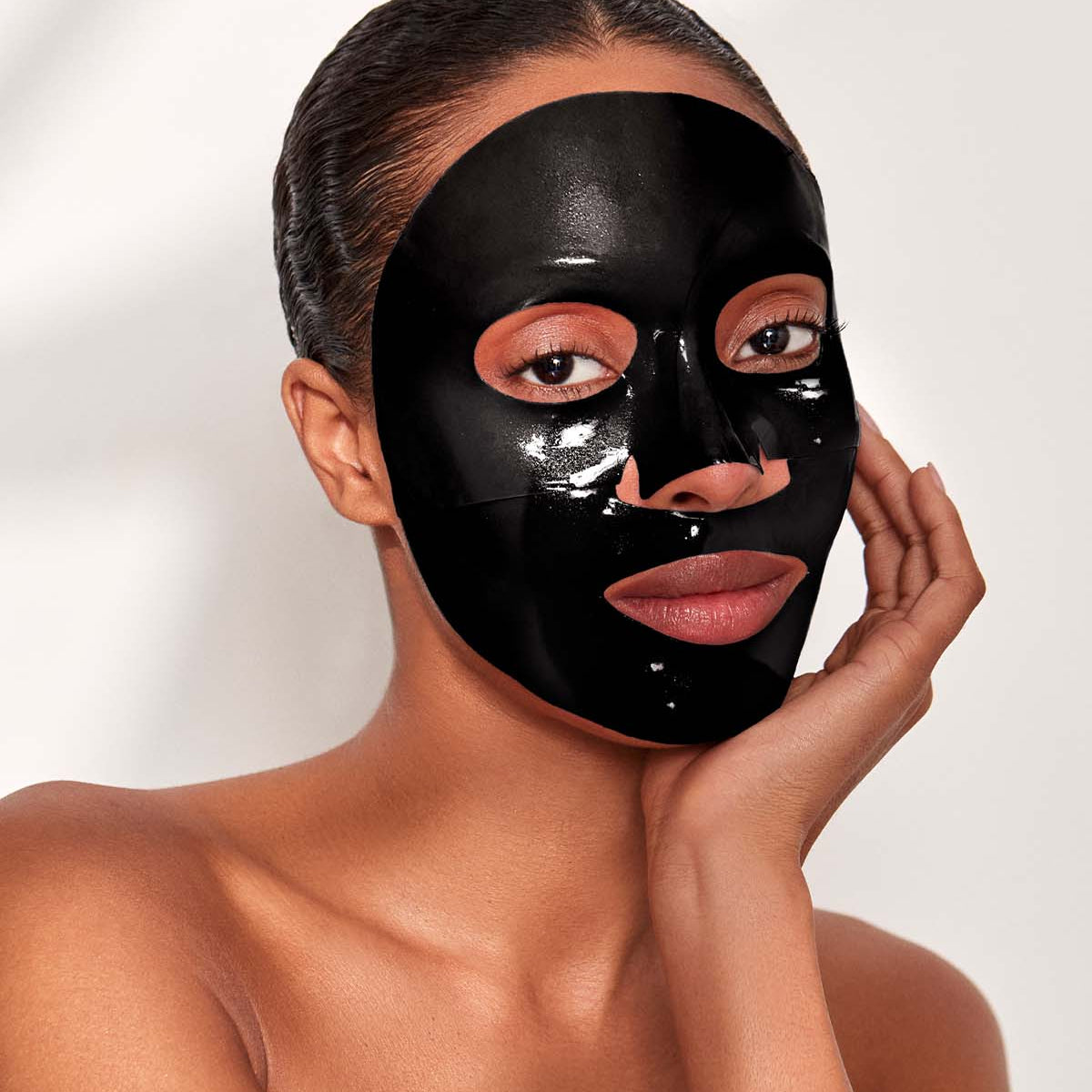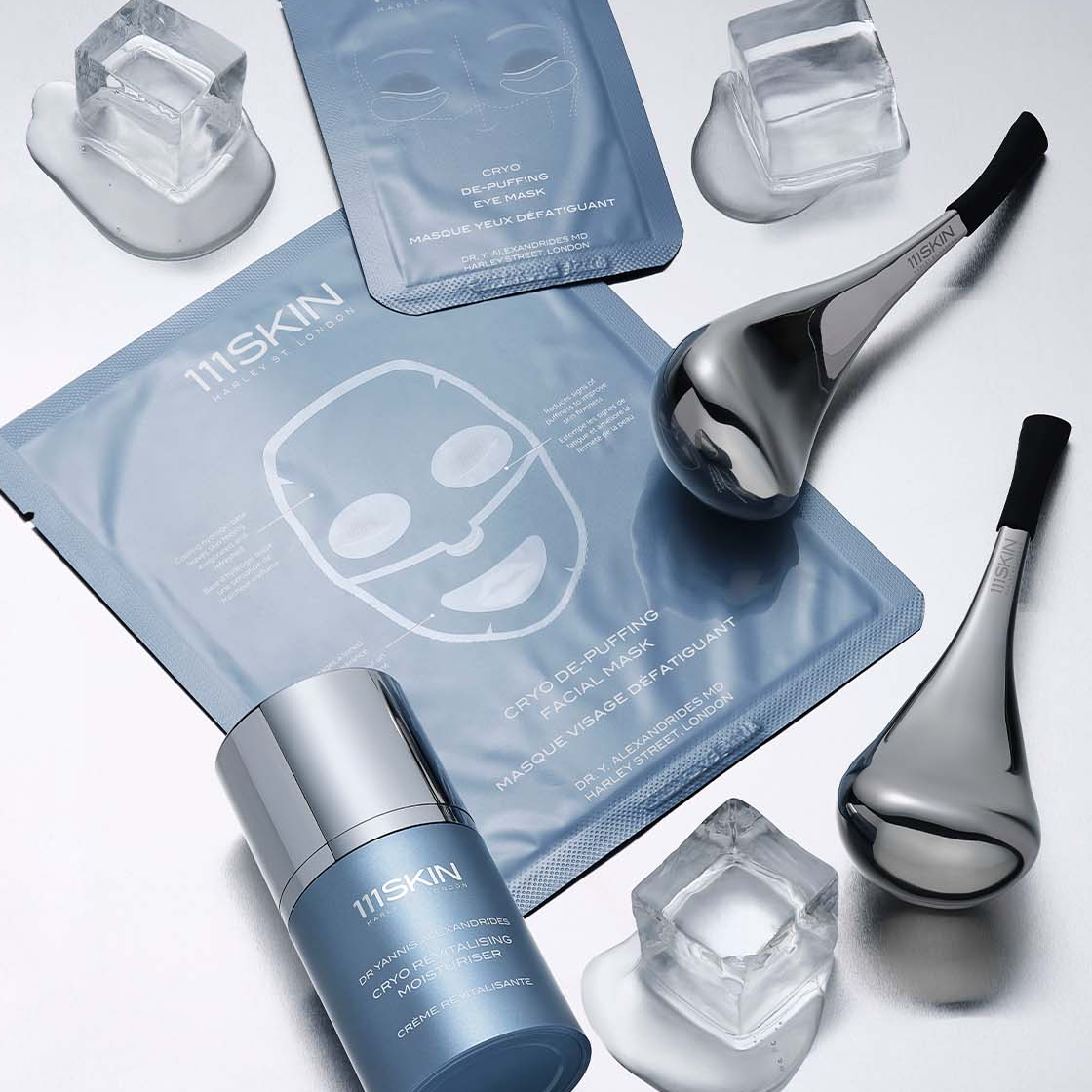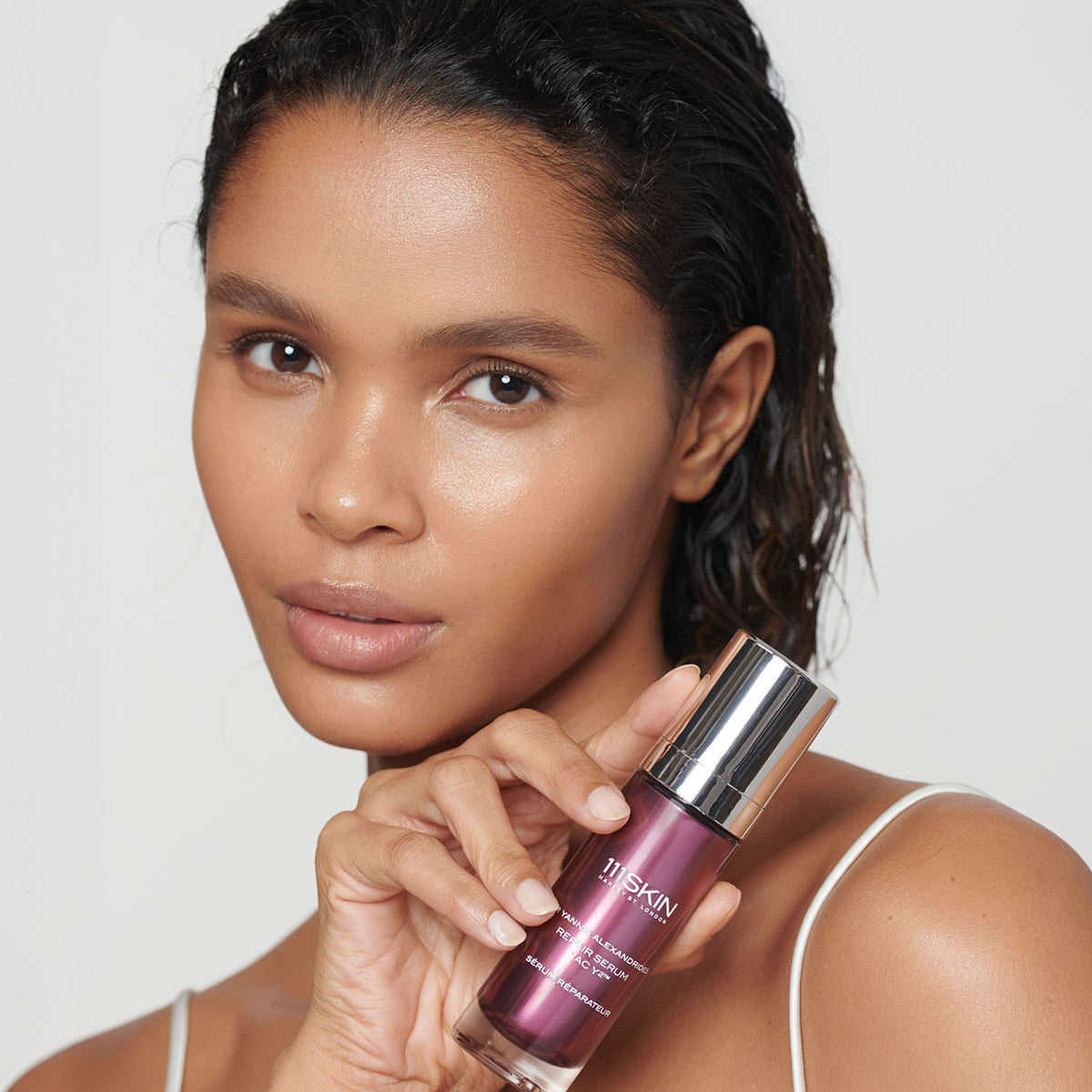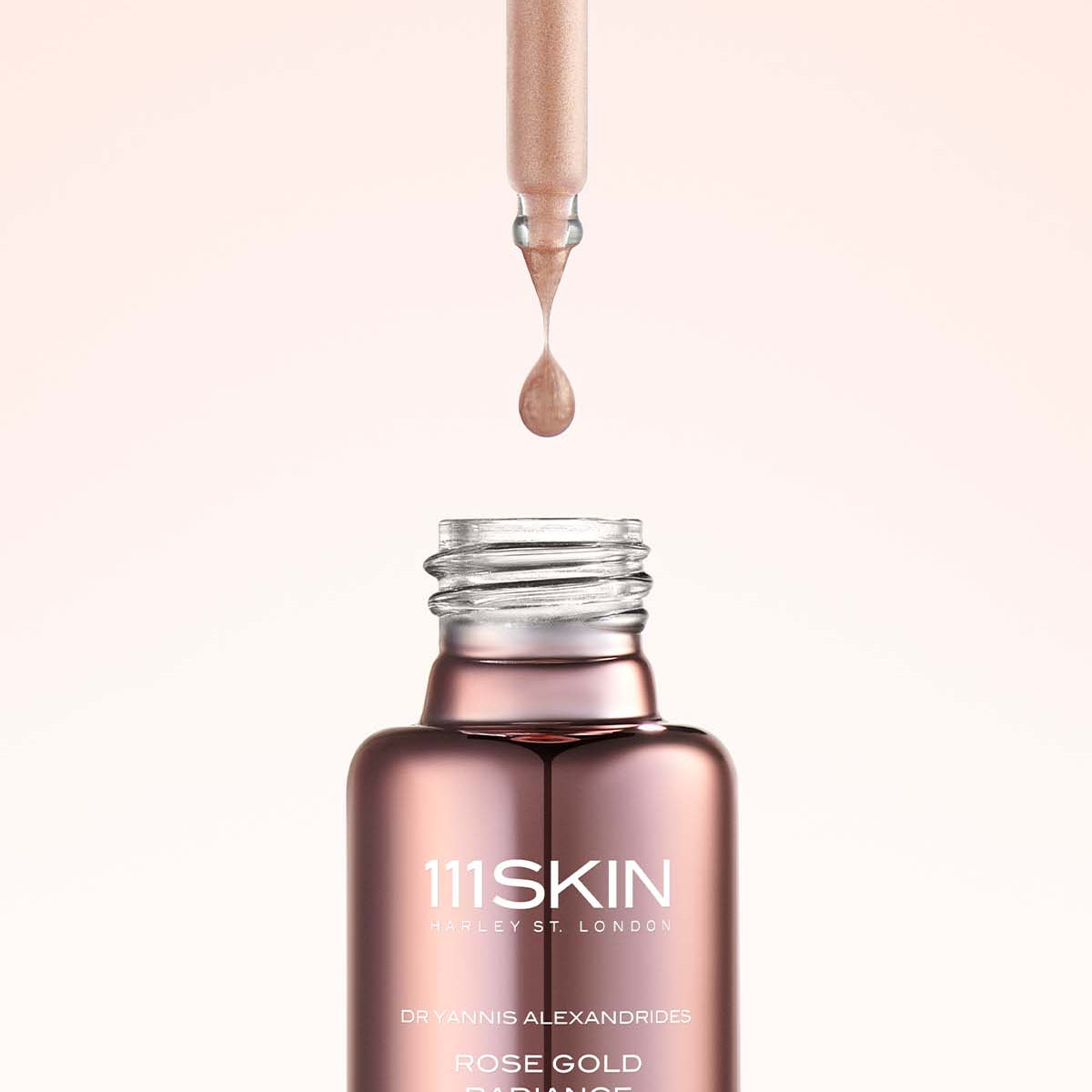Treatment for Large Pores: Key Ingredients
Dealing with large pores on your face can be frustrating, but with the right skincare regimen containing key ingredients, you can minimise their appearance. In this article, we'll talk about effective skincare solutions for large pores, focusing on key ingredients that are crucial for achieving flawless skin.
Understanding Large Pores
Large pores are often caused by excessive oil production. When pores become clogged with oil and debris, they appear enlarged and become more noticeable. Addressing these issues with targeted topical treatments is essential to reduce their size and improve overall skin texture. Pores can also increase in size due to genetics, sun damage and ageing.
Key Skincare Ingredients for Reducing Large Pores

Niacinamide (Vitamin B3)
- Benefits: Niacinamide is renowned for its anti-inflammatory properties and ability to regulate oil production. It helps to strengthen the skin barrier, reduce pore size, and improve overall skin texture.
- How to Use: Look for serums or moisturisers containing 5-10% Niacinamide. Incorporate into your daily skincare routine for visible improvements in pore size. Our Repair Serum NAC Y²™ works to both repair and restore skin and improve the appearance of large pores.

Retinol (Vitamin A)
- Benefits: Retinol is a potent skincare ingredient that promotes cell turnover and enhances collagen production. It effectively unclogs pores, reduces blackheads, and minimizes the appearance of large pores.
- How to Use: Start by incorporating a low concentration of Retinol (0.25-0.5%) such as our Black Diamond Retinol Oil into your regime and gradually increase as your skin builds tolerance. Use at night and always follow with sunscreen during the day.

Salicylic Acid
- Benefits: Salicylic acid is a beta hydroxy acid (BHA) that exfoliates dead skin cells and unclogs pores. It helps to reduce oiliness and prevent future breakouts.
- How to Use: Incorporate Salicylic Acid in the form of cleansers, toners, or spot treatments (0.5-2%) into your skincare routine. Our Anti Blemish Booster is a highly-effective, targeted treatment that contains salicylic acid to clear clogged pores. Use 2-3 times per week to keep pores refined.

Hyaluronic Acid
- Benefits: Hyaluronic acid is a humectant - an ingredient often found in skincare products that attracts moisture to the skin, keeping it plump and hydrated without clogging pores. It helps to maintain skin elasticity and smoothness.
- How to Use: Apply our Hyaluronic Acid Serum on a daily basis, especially after using Retinol or exfoliating to replenish moisture and maintain a balanced complexion.

Alpha Hydroxy Acids (AHAs)
- Benefits: AHAs like Glycolic Acid and Lactic Acid gently exfoliate the skin's surface, improving texture and reducing pore size. They help to remove dead skin cells and promote cell renewal.
- How to Use: Incorporate AHAs in your skincare routine by using toners, serums, or peels with AHA formulations. Start with lower concentrations and gradually increase the level and frequency based on your skin's tolerance.
Effective Products That Target Enlarged Pores
Achieving smoother, clearer skin with minimised pores requires using products formulated with these key ingredients.
Incorporating key ingredients like Niacinamide, Retinol, Salicylic Acid, Hyaluronic Acid, and AHAs into your skincare routine is crucial for effectively treating enlarged pores.
Explore our selection of effective skincare products designed to minimize large pores. With consistent use of the right ingredients, you can achieve smoother, more refined skin.
